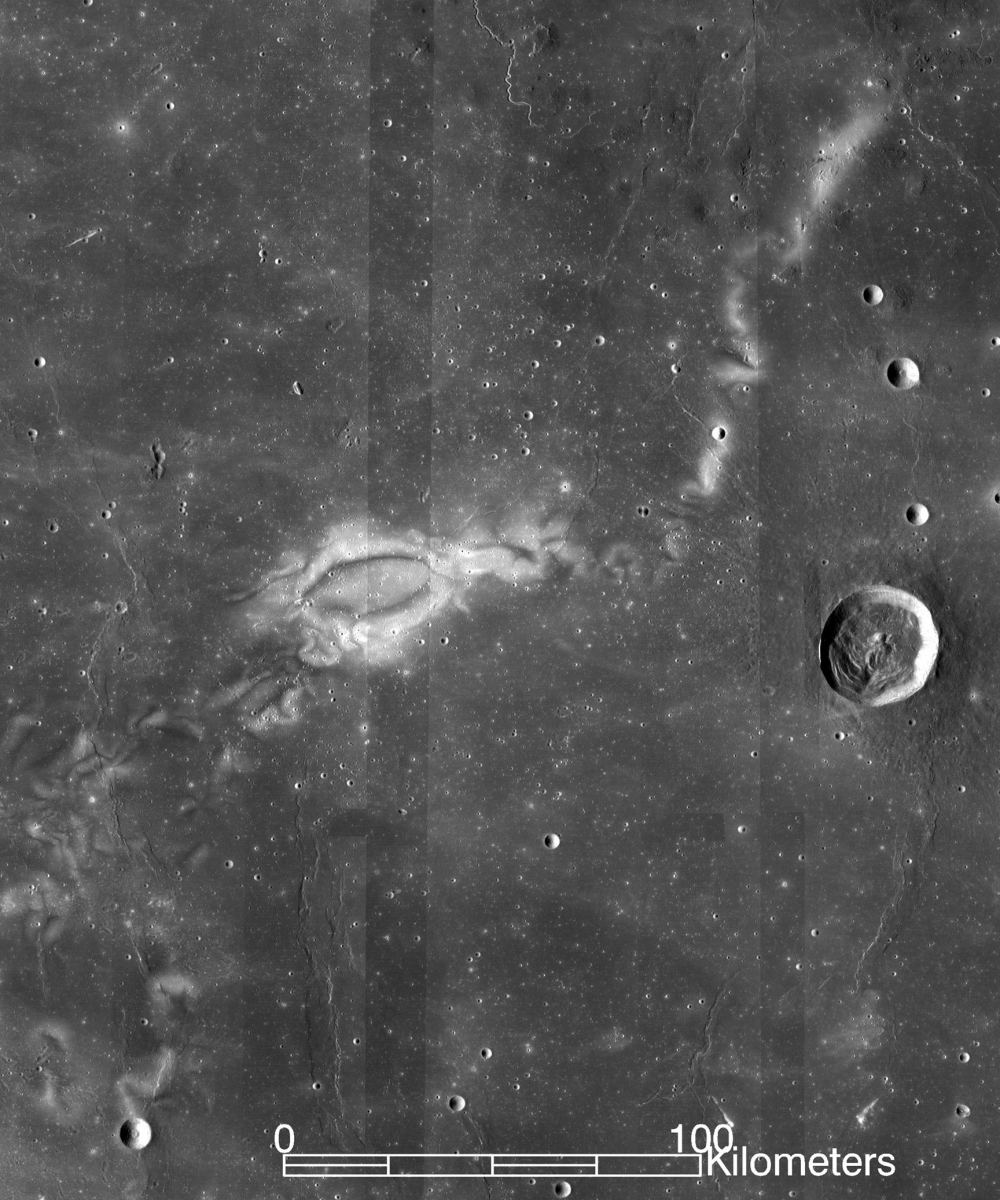Three weeks after it lifted off from the far side of the moon, China’s Chang’e-6 spacecraft dropped off a capsule containing first-of-its-kind lunar samples for retrieval from the plains of Inner Mongolia.
The gumdrop-shaped sample return capsule floated down to the ground on the end of a parachute, with the descent tracked on live television. After today’s touchdown, at 2:07 p.m. local time (0607 GMT), members of the mission’s recovery team checked the capsule and unfurled a Chinese flag nearby.
Chang’e-6, which was launched in early May, is the first robotic mission to land and lift off again from the moon’s far side — the side that always faces away from Earth. It’s also the first mission to bring dirt and rocks from the far side back to Earth.
“The Chang’e-6 lunar exploration mission achieved complete success,” Zhang Kejian, director of the China National Space Administration, said from mission control. Chinese President Xi Jinping extended congratulations to the mission team, the state-run Xinhua news service reported.
Continue reading “China’s Chang’e-6 Probe Drops Off Samples From Moon’s Far Side”










